Overview
The MayaArch3D Project is an international, interdisciplinary project that brings together art historians, archaeologists, and cultural resource managers with experts in remote sensing, photogrammetry, 3D modeling, and virtual reality from various institutions in Germany, the US and Italy. Project funding is currently provided by the German Ministry of Education and Research.
There is a need in the social-sciences and humanities for a 3D Web GIS with analytical tools that allow researchers to analyze 3D models linked to spatially-referenced data. Geographic Information Systems (GIS) allow for complex spatial analysis of 2.5D data. For example, they offer bird’s eye views of landscapes with extruded building footprints, but one cannot “get on the ground” and interact with true 3D models from a pedestrian perspective. Meanwhile, 3D models and virtual environments visualize data in three-dimensional space, but analytical tools are simple rotation or lighting effects. Moreover, until now there have been no archaeological infrastructures for the management and analysis of 3D models that are being created in increasing numbers by archaeological projects (of individual finds such as ceramics, sculptures and biuldings, as well as whole cities). Where should such models be stored, so that researchers can view them in the internet, analyze them, and compare them with other models? How can they be linked to archaeological data, so that one can do research with these models in a virtual research environment?
It is at this intersection of problems that the MayaArch3D Project is working to develop a 3D WebGIS—called QueryArch3D—to allow 3D models and GIS– to “talk to each other” for studies of architecture and landscapes—in this case, the eighth-century Maya kingdom of Copan, Honduras. Using this tool researchers can search and query, in real time via a virtual reality environment, segmented 3D models of multiple resolutions (CAD and reality-based) that are linked to attribute data stored in a spatial database. Beta tests indicate the high potential of this tool to assist researchers in collaborative research and to develop new analytical methods in humanities and social-science research.
MayaArch3D

